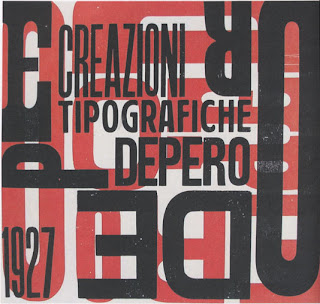Torei, Enso
The Zen symbol "supreme" is an enso, a circle of enlightenment. The Shinjinmei, written in the sixth century, refers to the Great Way of Zen as "A circle like vast space, lacking nothing, and nothing in excess," and this statement is often used as an inscription on enso paintings. The earliest reference to a written enso, the first Zen painting, occurs in the Keitokudento-roku, composed in the eighth century:
A monk asked Master Isan for a gatha expressing enlightenment. Isan refused saying, "It is right in front of your face, why should I express it in brush and ink?"
The monk then asked Kyozan, another master, for something concrete. Kyozan drew a circle on a piece of paper, and said, "Thinking about this is and then understanding it is second best; not thinking about it and understanding it is third best." (He did not say what is first best.)
Thereafter Zen circles became a central theme of Zen art. Enso range in shape from perfectly symmetrical to completely lopsided and in brushstroke (sometimes two brushstrokes) from thin and delicate to thick and massive. Most paintings have an accompanying inscription that gives the viewer a "hint" regarding the ultimate meaning of a particular Zen circle. The primary types of enso are: (1) Mirror enso: a simple circle, free of an accompanying inscription, leaving everything to the insight of the viewer. (2) Universe enso: a circle that represents the cosmos (modern physics also postulates curved space). (3) Moon enso: the full moon, clear and bright, silently illuminating all beings without discrimination, symbolizes Buddhist enlightenment. (4) Zero enso: in addition to being curved, time and space are "empty," yet they give birth to the fullness of existence. (5) Wheel enso: everything is subject to change, all life revolves in circles. (6)Sweet cake enso: Zen circles are profound but they are not abstract, and when enlightenment and the acts of daily life-"sipping tea and eating rice cakes"-are one, there is true Buddhism. (7) "What is this?" enso: the most frequently used inscription on Zen circle paintings, this is a pithy way of saying, "Don't let others fill your head with theories about Zen; discover the meaning for yourself!" via Shambala Zen Art Gallery
Calligraphy by Kanjuro Shibata XX


















































